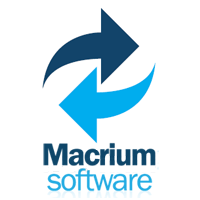@Bree
pls see my response A little help finding backup software
to your identical post
i dont think cross posting is allowed?
pls see my response A little help finding backup software
to your identical post
i dont think cross posting is allowed?
My Computer
System One
-
- OS
- w 11 Home 22H2 22621.1105
- Computer type
- PC/Desktop
- Manufacturer/Model
- Acer 84df3mi 2 machines
- CPU
- intel i5 9400 2.9GHz
- Memory
- 16G
- Monitor(s) Displays
- lg ultrawide 29"
- Screen Resolution
- 2400 x 1900
- Hard Drives
- 1TB
- Internet Speed
- broadband
- Antivirus
- windows shield









